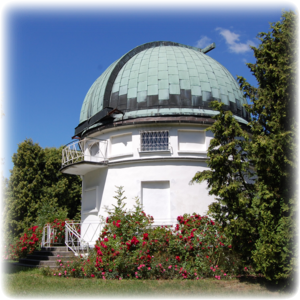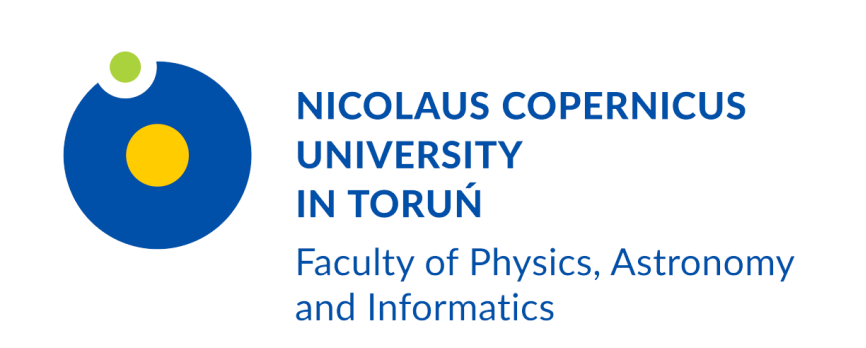
This is a multi-purpose instrument that can be used as:
1. a Cassegrain telescope with a 90 cm main mirror and a focal length of 1350 cm,
2. a Schmidt camera with a 60 cm correcting plate and a focal length of 180 cm.
In the Cassegrain mode, the TSC works with a slit Copernicus Cassegrain Spectrograph (CCS) which is mounted in a Nasmyth focus. The CCS was designed and constructed by E.H.Richardson from the Dominion Astrophysical Observatory (Canada) as a compact instrument for recording stellar spectra on photographic plates. It is equipped with 3 diffraction gratings (1200, 600, and 300 lines per millimeter), 2 slits (0.23 mm = 4 arc sec and 0.10 mm = 2 arc sec), and 2 image slicers. The spectrograph can be used with ether blue or red optical components (cameras and collimators). The blue set is made of silicon, to increase the instrument’s efficiency in ultraviolet. The red optics is made of BK7 glass. The spectrograph works in a range of wavelengths between 348.5 and 1201.3 nm. A Wright Instruments CCD camera with a CCD30-11-0-275 matrix is used as a detector. The dispersions between 0.045 and 4.06 nm per pixel give spectra 43-415 nm long.
In the Schmidt camera mode, the TSC is used with a SBIG STL-11000M CCD camera (4008×2672 px, Grade 1, 9μm pixel size) which is equipped with a wheel with standard UBVR filters and is mounted in the main focus. The instrument works in the imaging mode with the field of view 40×70 arcmin wide. That allows one to observe thousands of stars in a single frame down to 20 mag. The objective prisms (F2 with the dispersion of 25 nm/mm and BK7 with 50 nm/mm) can be used for low dispersion spectroscopy.

 Piwnice k. Torunia, 87-148 Łysomice
Piwnice k. Torunia, 87-148 Łysomice